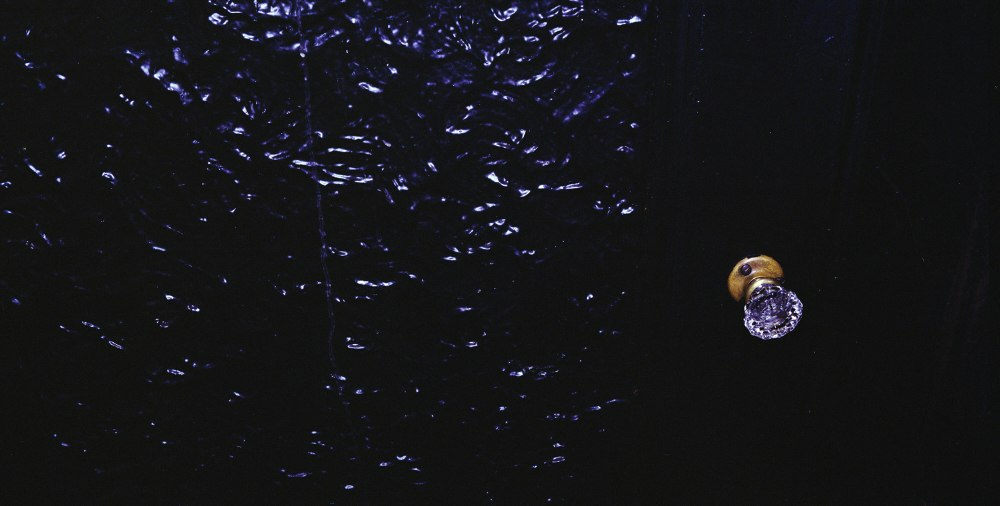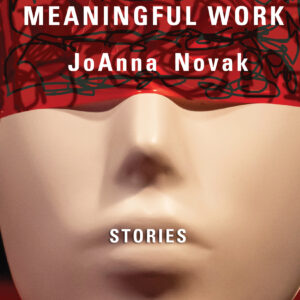The Longest Year: 2020+ is a collection of visual and written essays on 2020, a pivotal year that shifted our way of experiencing the world. In most publications, images work in service to words—here they work in tandem. // In part seven of the series, writer Sari Botton and photographer Alexey Yurenev reflect on and document the precarious lives of their elders, in both the deep recesses of memory and behind the closed doors of Brighton Beach.
Growing up in Reform Jewish synagogues and religious schools in the 1970s, I was so often reminded about the atrocities the Nazis committed against the Jews during World War II that I frequently had nightmares in which I was imprisoned in a concentration camp—starved, worked to the bone, tortured, forced to witness to the murders of family and friends. We were shown documentaries, news reels, and feature films about the Holocaust, and assigned harrowing memoirs like Night, by Elie Weisel, The Diary of a Young Girl, by Anne Frank, and Survival in Auschwitz by Primo Levi. But my classmates and I were never once told about the 500,000 Russian Jews who fought the Nazis while serving in the Soviet Red Army. Engaging with Alexey Yurenev’s moving photo essay marks the first I’ve ever heard about those courageous warriors—in this case, a small, geriatric community of them now located in Brooklyn’s Brighton Beach.
During Covid-19 lockdown, Yurenev sought to photograph members of this dwindling group. But in light of the deadly virus, he had to settle for taking pictures of the doors to their apartments, as they quarantined inside. He paired three of the door photos with portraits he’d taken of three of the Jewish Red Army veterans in 2018: Leonid Rozenberg, Anastasia Braverman, and Volf Ferdman, the last of whom was sadly killed in early April after being hit by a car. Yurenev spoke with them by telephone, also volunteering to deliver food to them as the Passover holiday approached.
In the text accompanying his photos, Yurenev writes about how hearing the stories of the Russian Jewish veterans in Brighton Beach helped him feel close to his late grandfather, Grigoriy Lipkin, who was too shell-shocked by his own experiences fighting during the war to ever talk about them. It reminded me of the stories I’d heard about one of my own Russian Jewish relatives, my great aunt Hasia Masket Zuckerman (nicknamed “Hasie”), my maternal grandfather’s older sister, who was allegedly so traumatized by having been jailed for her communist beliefs, and raped during a pogrom, that from the time she arrived in the United States early in the 20th century, she was an agoraphobe who rarely left the house.
I write “allegedly” because Hasie, who died before I was born, apparently didn’t speak much about what had happened to her, as I imagine was rather common for women of her time. Also, over many years, I’d heard assorted variations on those stories, from her now late son, Lenny, my first-cousin-once-removed, who’d been the unofficial family historian, and from my mother, who is vague on specifics. The mutability of these tales leads me to assume there was always a fair amount of conjecture at work, not to mention a game of intergenerational telephone that gets played when family lore is passed down.
Recently I enjoyed a galley of Julie Klam’s new book, The Almost Legendary Morris Sisters: A True Story of Family Fiction, a memoir of Klam’s genealogical deep dive into the history of her supposedly illustrious great aunts—Jewish women who immigrated to the United States from Romania, said to have later crossed paths with presidents and titans of industry, amassed great fortunes, and written celebrated plays that went to Broadway without appropriate credit given, among other adventures. Spoiler alert: through research that takes her to cities across Eastern Europe and the United States, Klam learns that many of the stories about the Morris sisters were embellished and distorted as they were passed from generation to generation. Reading it, I was reminded of the variations on stories I’d heard about Hasie.
Looking at Alexey Yurenev’s photo of Anastasia Braverman reminds me of Hasie, too—specifically of a photo of her at the cemetery, surrounded by some of her brothers. (She and my grandfather were two of thirteen, from two different mothers—the younger of whom later lived in Brighton Beach, and both of whom had been my great grandfather’s first cousins. Shtetl living…) With their high cheekbones, piercing eyes, and sharp features, Anastasia and Hasie resemble each other; who knows, maybe they were distantly related in that very inbred region of Jewish Ukraine. But more than that, there’s a similar quiet defiance to both their expressions. It says, “I’ve lived through some shit. Don’t mess with me.”
Anastasia and the others in Yurenev’s series are living through some new shit, now—including a global pandemic that has proven deadly for the elderly. It can be lethal for the not-so-elderly, as well—for example, Hasie’s granddaughter, my cousin Carol, who succumbed to the virus in March, at 56, just weeks after refusing the vaccine.
–Sari Botton
_______________________________
Photos and text below by Alexey Yurenev
War is a religion for anyone born in the Soviet Union. Every family was touched by the horrors and losses. Everybody’s grandfather fought, including my own. My grandfather, Grigoriy Lipkin, died in 2009. Shell shocked, he never talked about the war. When I met the veterans in Brighton Beach, listening to their stories made me feel I was getting close to him. I would recognize the names of battles and wonder if this person in front of me might have met him, bumped shoulders, or shared a joke? Even saw what he saw?
Before the pandemic, the Red Army veterans of Brighton Beach were already waging a war against what was then the deadliest enemy—time itself. Once 2,800 strong, in 2018 the count for the American Red Army veteran association was down to 150. When COVID hit, I was terrified. I called my neighbor Anna, who took care of veterans in the association. How could I help? She asked if I could make a few stops with groceries around the neighborhood for the approaching Passover. Collected by Be Proud Foundation, the packages consisted of an assortment of canned foods, fruit preserves, and cookies. From a list of 52 veterans and Holocaust survivors in the area, 13 were centennials. Thirteen centuries of collective history that had lived through the worst conflict in human history, repressions and immigration, found themselves in confinement. Unable to photograph the survivors safely, I resorted to photographing their doors and lobbies—the barricades and fortifications, the last line of defense of these disappearing histories.
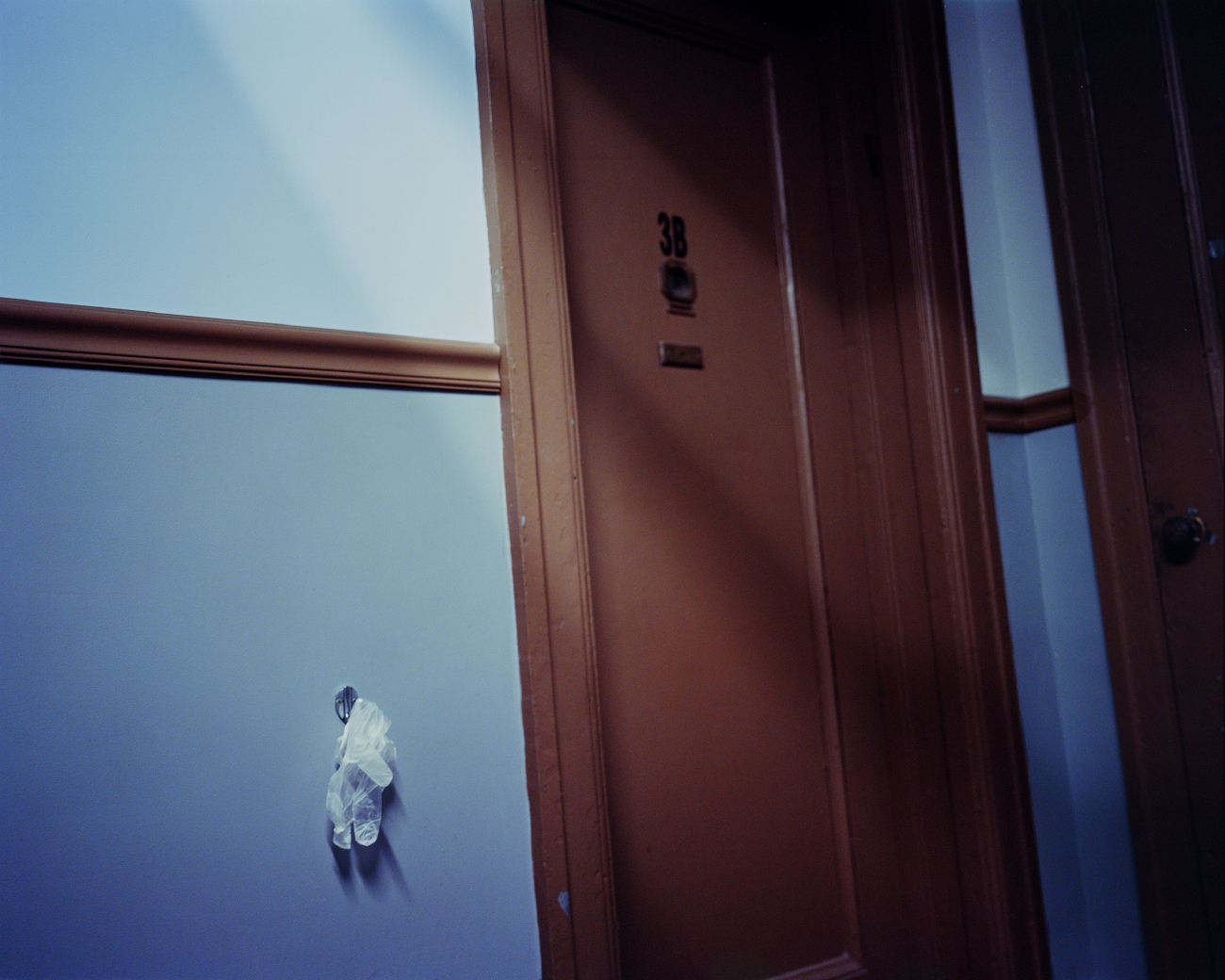
Anna, Brighton 7th Street
I met Anna in the elevator in Brighton Beach where I moved in 2018. A charming woman in her 80s, with flaming red hair and piercing green eyes, she saw me wearing my cameras and asked whether I was a journalist and wanted to document the life of WWII veterans in Brighton Beach.
Anna was born in Smolensk, same as my grandparents. Anna was eight when Nazi Germany invaded and she was forced to evacuate with her family. Her evacuation stories match up with the ones of my late grandmother—I like to think there is a slight chance that they were on the same train leaving Smolensk towards safety.
Anna’s apartment is two floors down from mine and has an identical layout. Behind three sophisticated locks, the door would reveal a hidden world of Bàbushka. A long hallway stacked with books and VHS tapes forcing you to veer carefully along, the savory smell of borscht, crystal vases, drapes, an old stereo system, a large soft sofa that you sink in while sitting. A collection of statuettes and an assortment of chachkas lining every surface on the wooden furniture and walls. A violin on a stand. It did not matter how hard I would reject food, I would always find myself in the kitchen being stuffed before I would help Anna with setting up wifi, paying bills, or arranging cars to deliver produce to veterans.
Retired since their arrival to the US in ’91, Anna and her late husband Valeriy were fully immersed in the community, selflessly giving all their time not just to the veterans but anyone in need. Working together with local charity organizations they would visit the elderly, collect donations, make calls to seniors, offering a helping hand.
At 84, Anna has many talents. Every Wednesday she played violin and sang on Russian radio, broadcasting from her apartment. Every Thursday she ran the meetings of the association of WWII veterans and invalids at the local Y around the corner from our building. Giving out medals that would arrive from the embassies of Russia, Ukraine, and post-Soviet republics to the veterans for war anniversaries. For war holidays, Anna would dress up in WWII uniform and march alongside the veterans, singing songs from that era. Every year she participated in a beauty pageant for grandmothers and won eight years in a row. She would wear a crystal tiara while singing the American national anthem in a Jewish community center on Flag Day.
Anna has survived COVID and is battling cancer.
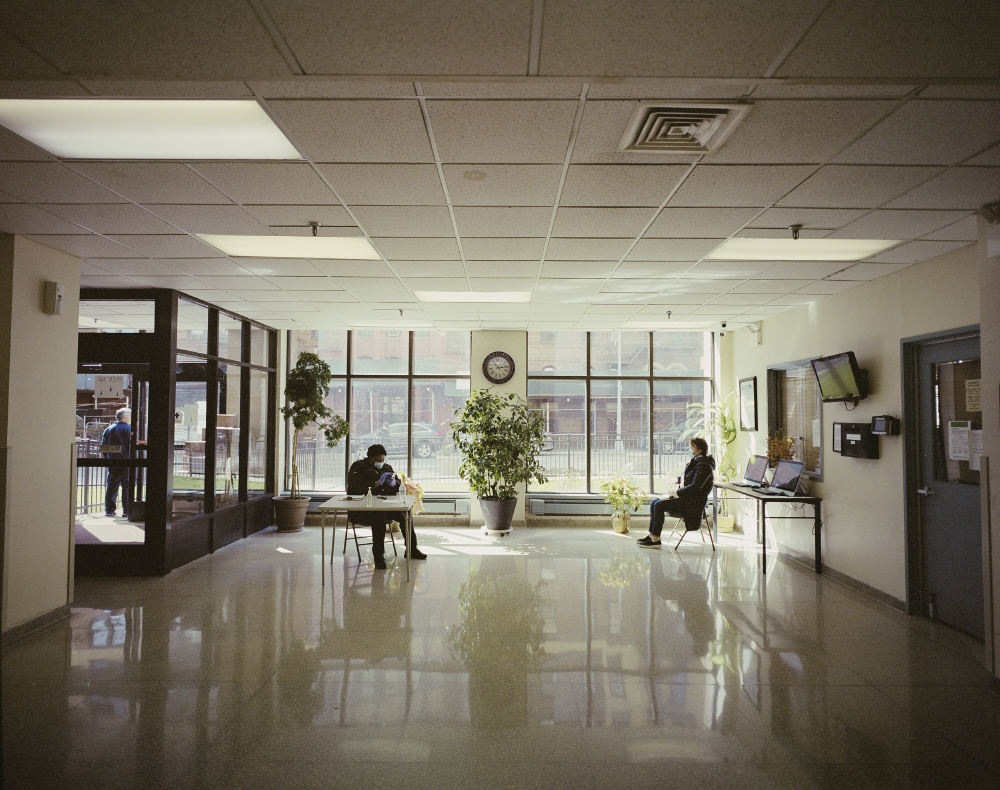
Anatoliy, Brighton 6th Street
*
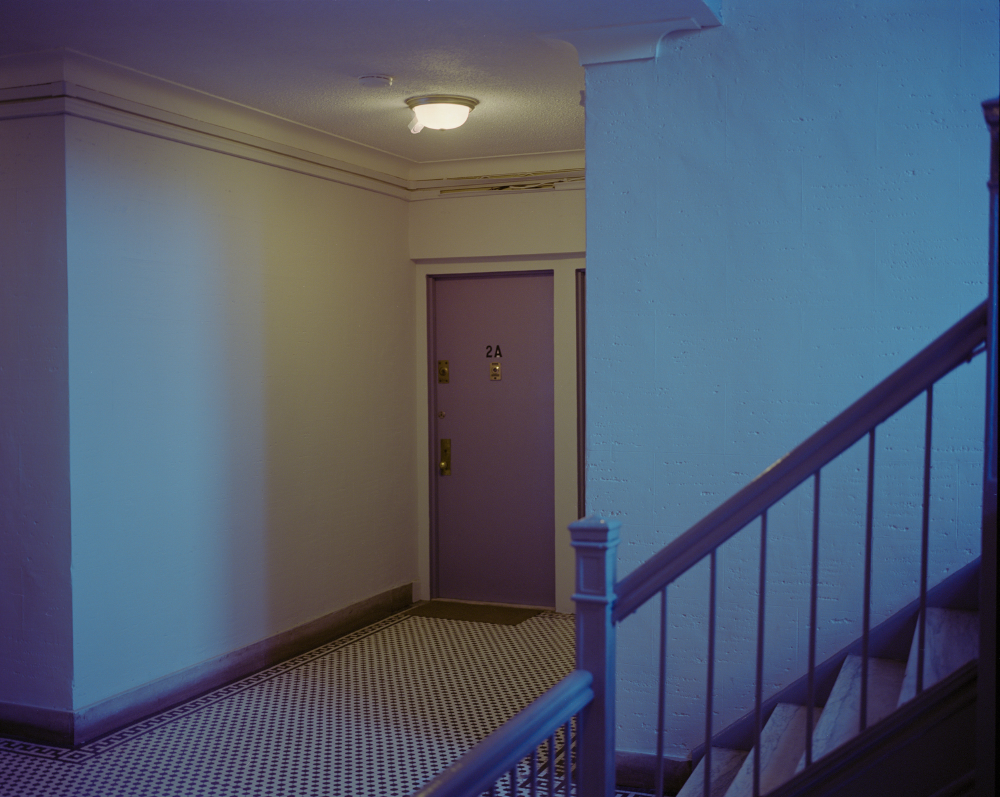
Iosif, Brighton 5th Street
*
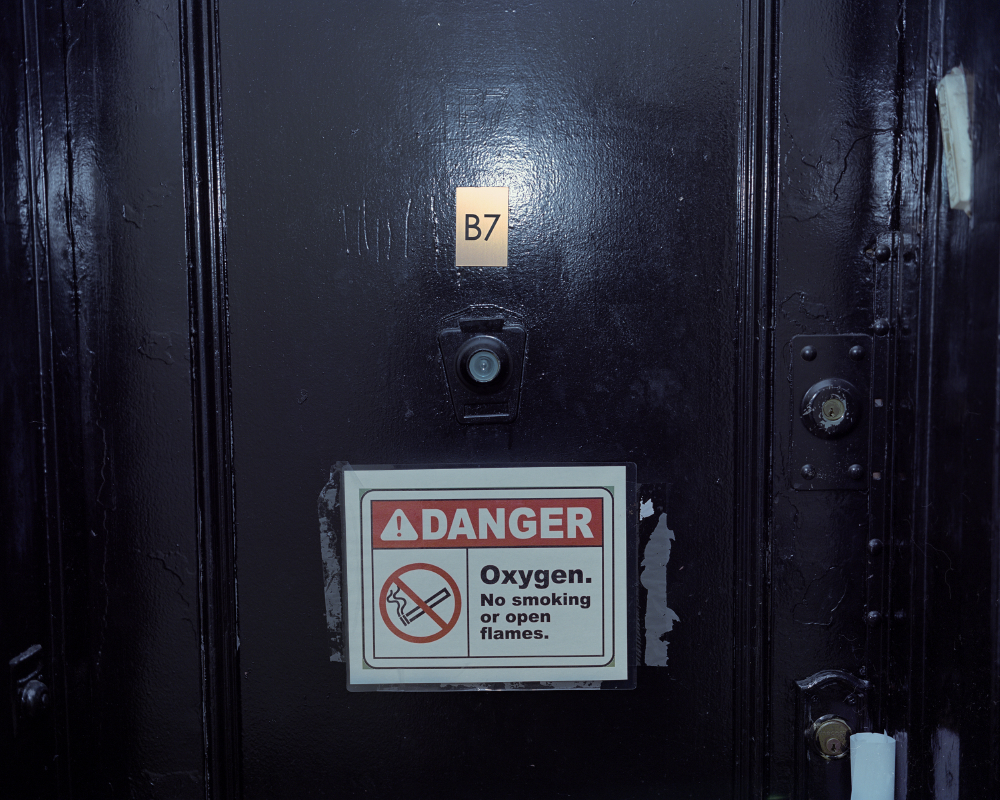
David, West 2nd Street
*
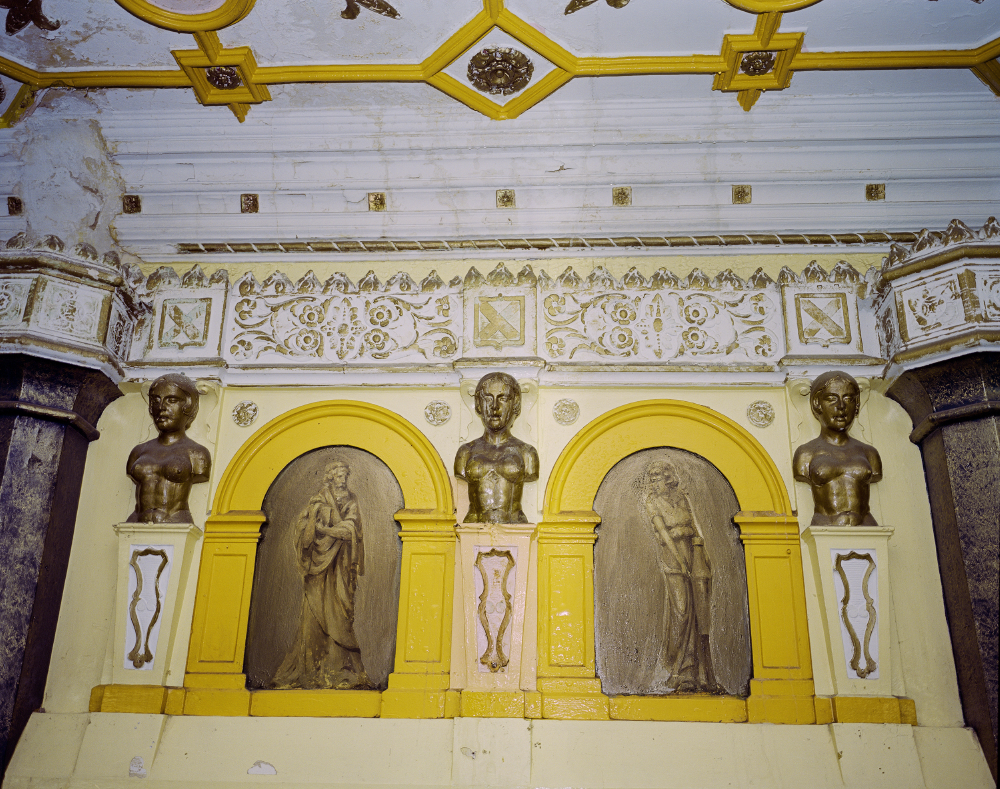
Leonid, Brighton 4th Street
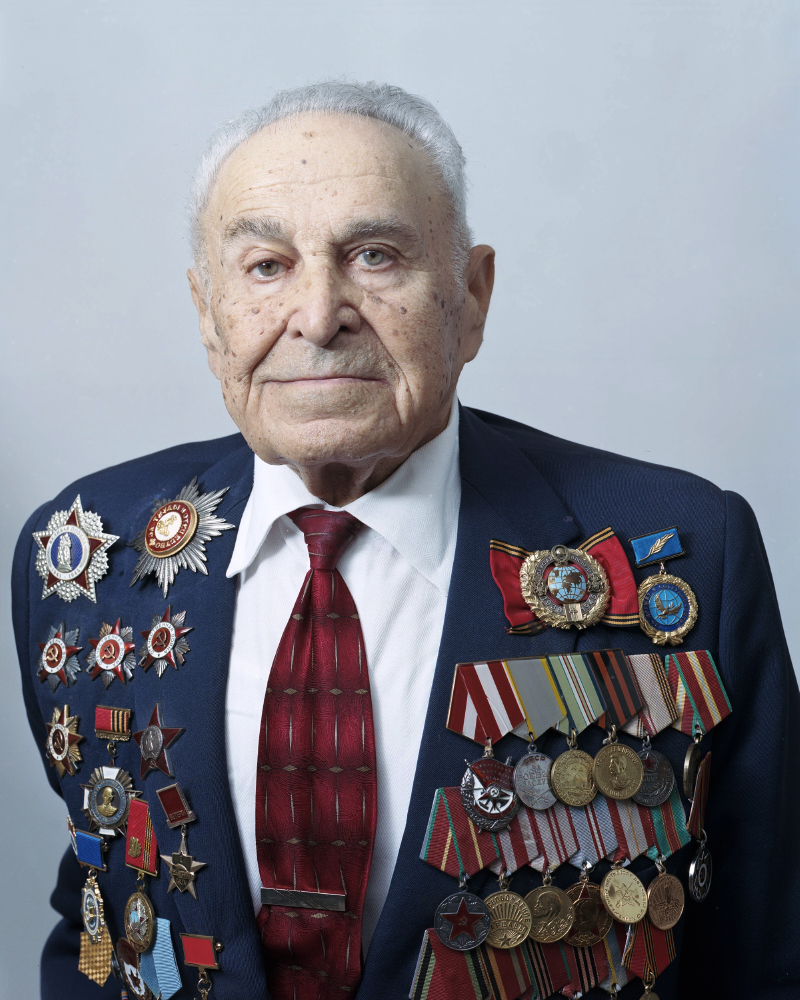 Leonid 99, is president of the American association of Red Army veterans, which once had 2800 members—today during the pandemic there are fewer than 50 known to be alive. Born in Ukraine, he joined the Red Army in Kiev and was in combat from the time Nazi Germany attacked in 1941. He was wounded and later returned to the artillery regiment. After taking part in Kursk, Novorossiysk, and other operations, he was part of the liberation of Belarus and Kiev. Leonid remembers touching the Soviet banner on top of the Reichstag when it was planted. He ended the war in Germany.
Leonid 99, is president of the American association of Red Army veterans, which once had 2800 members—today during the pandemic there are fewer than 50 known to be alive. Born in Ukraine, he joined the Red Army in Kiev and was in combat from the time Nazi Germany attacked in 1941. He was wounded and later returned to the artillery regiment. After taking part in Kursk, Novorossiysk, and other operations, he was part of the liberation of Belarus and Kiev. Leonid remembers touching the Soviet banner on top of the Reichstag when it was planted. He ended the war in Germany.
When he reunited with his father, who was a captain in a bomb unit, he learned that his mother, brother, and sister had been killed by the Nazis in 1941. After the war he married Esfir, who had a stroke four years ago and is now bedridden at home. Leonid is taking care of her. They celebrated their 75th anniversary on May 1st this year. I saw Leonid on Victory Day, when he gave a speech on the importance of carrying on the memory of that historic day, so that the horrors of the war would not repeat again.
*
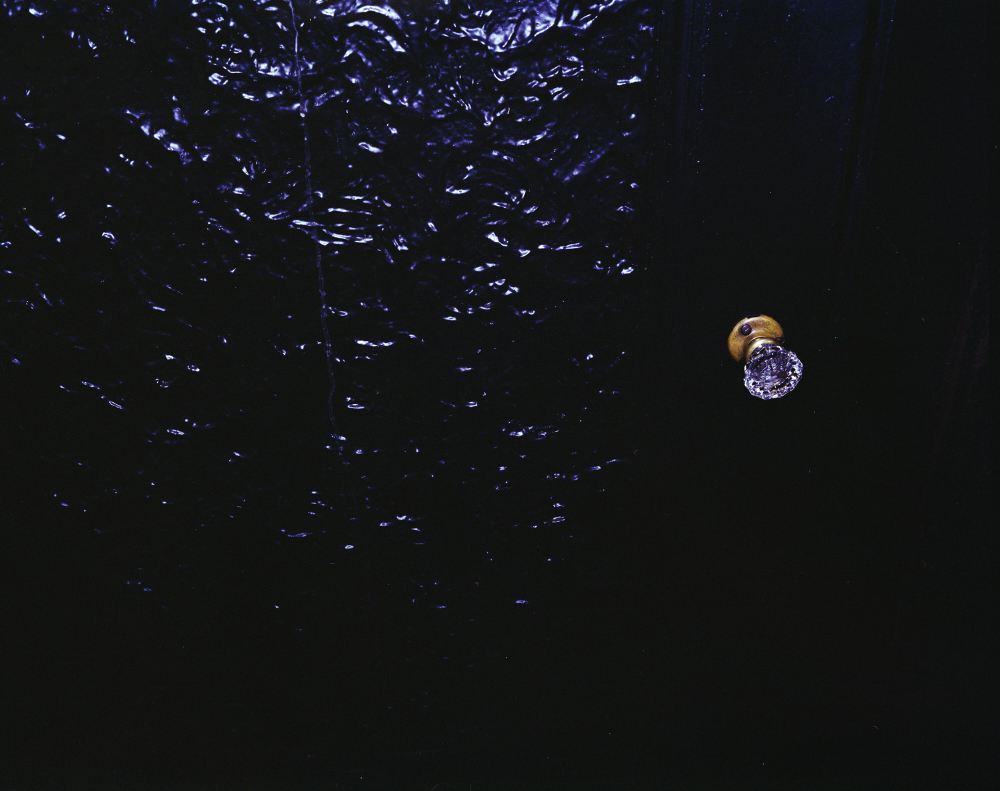
Ida, Brighton 1st Place
*
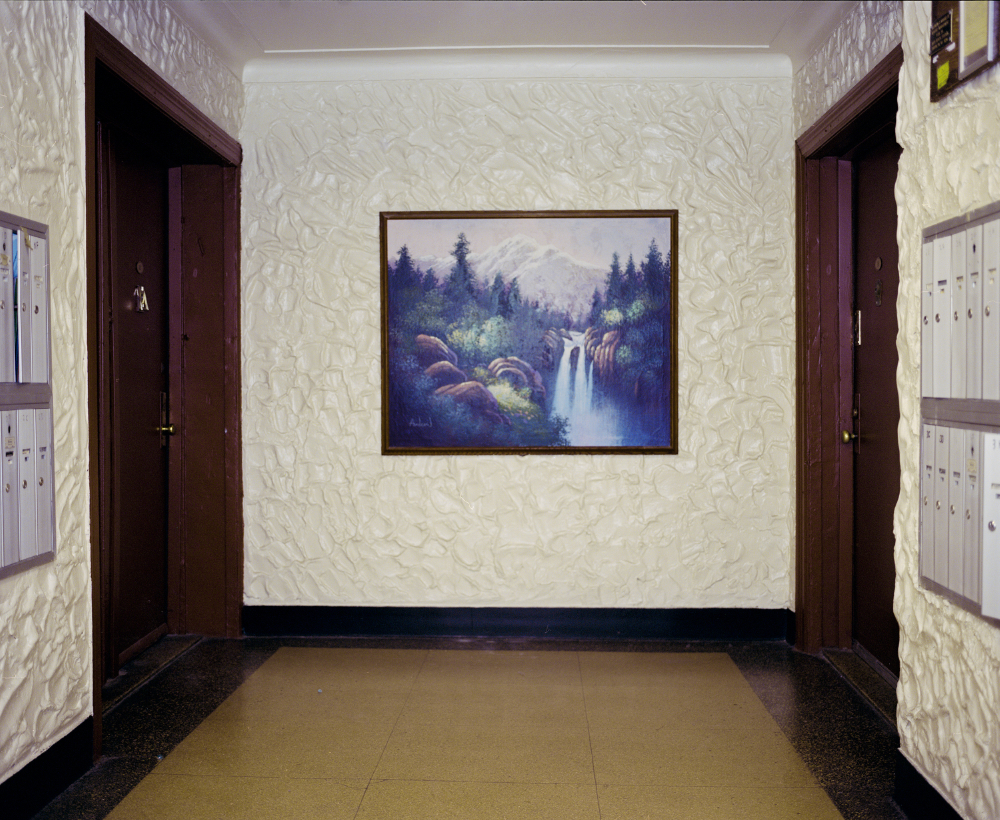
Lazar, Brighton 6th Street
*
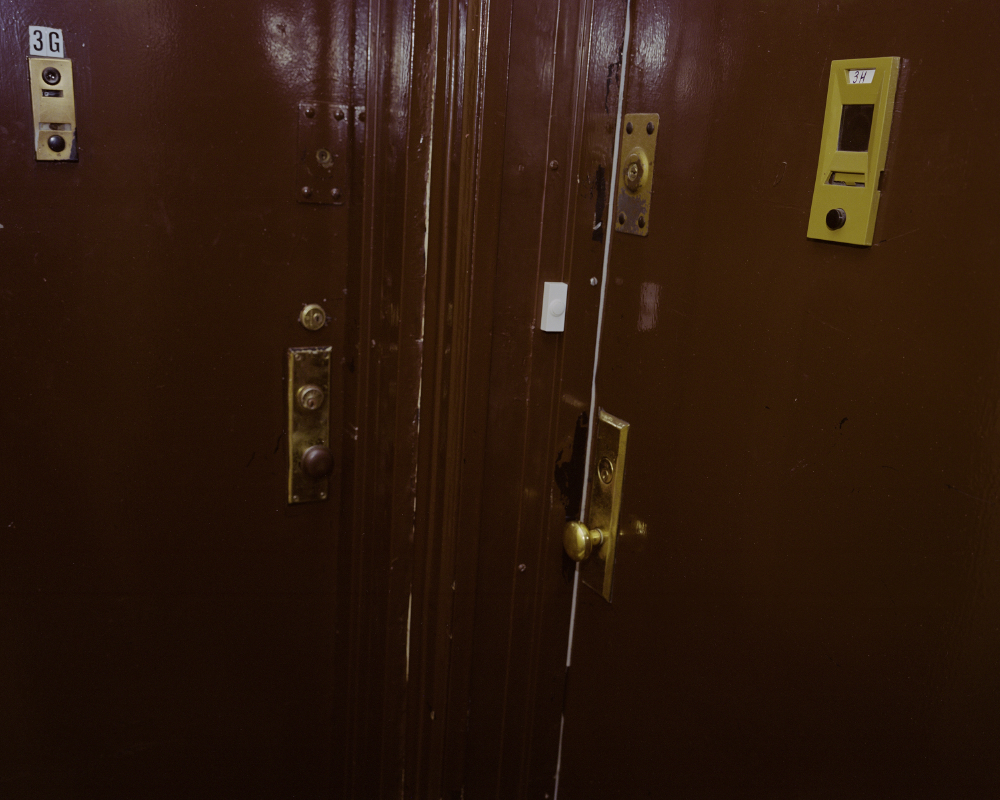
Grigoriy, West 29th Street
*
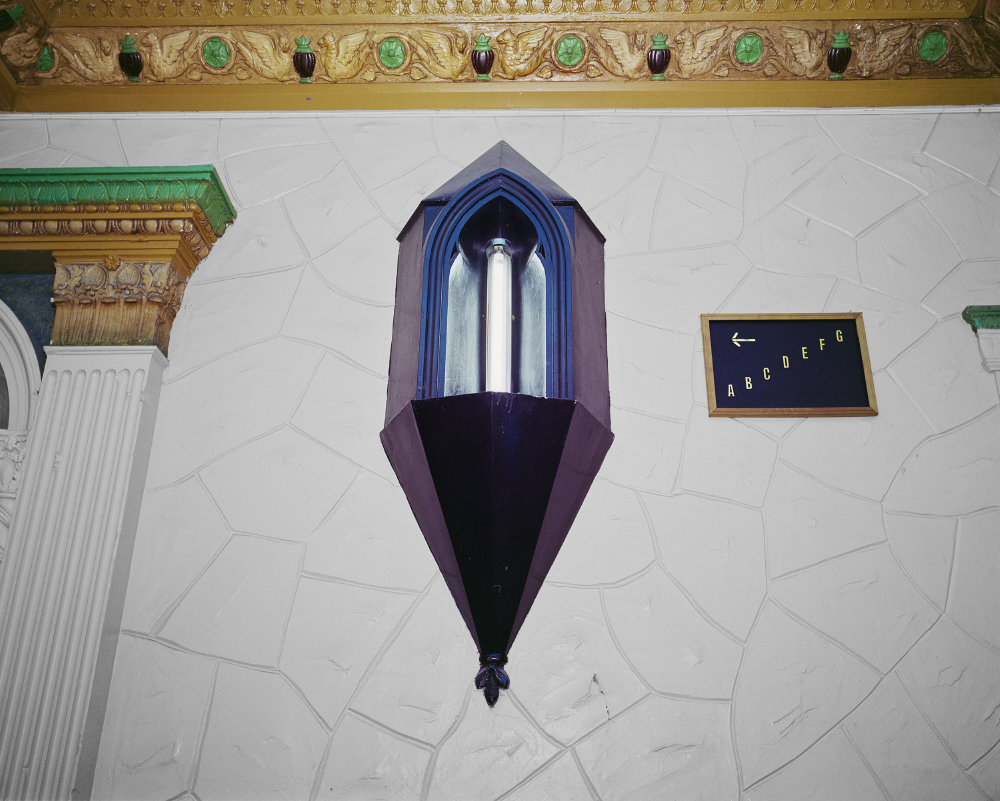
Maya, Surf Avenue
*
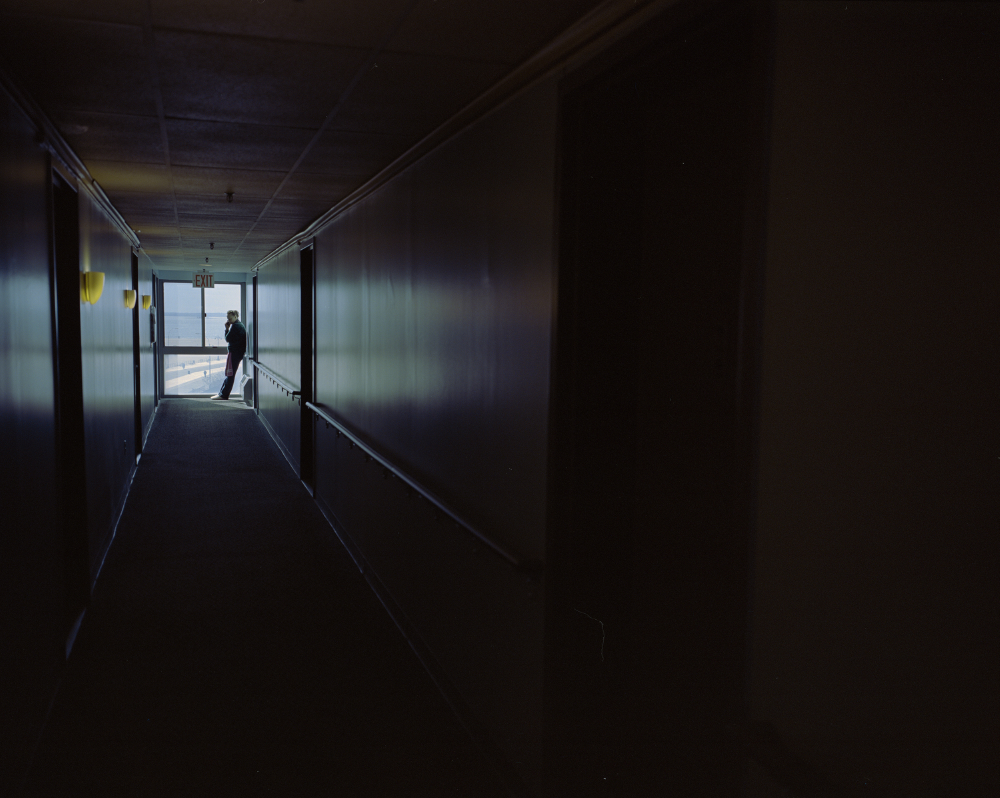
Myron, West 29th Street
*
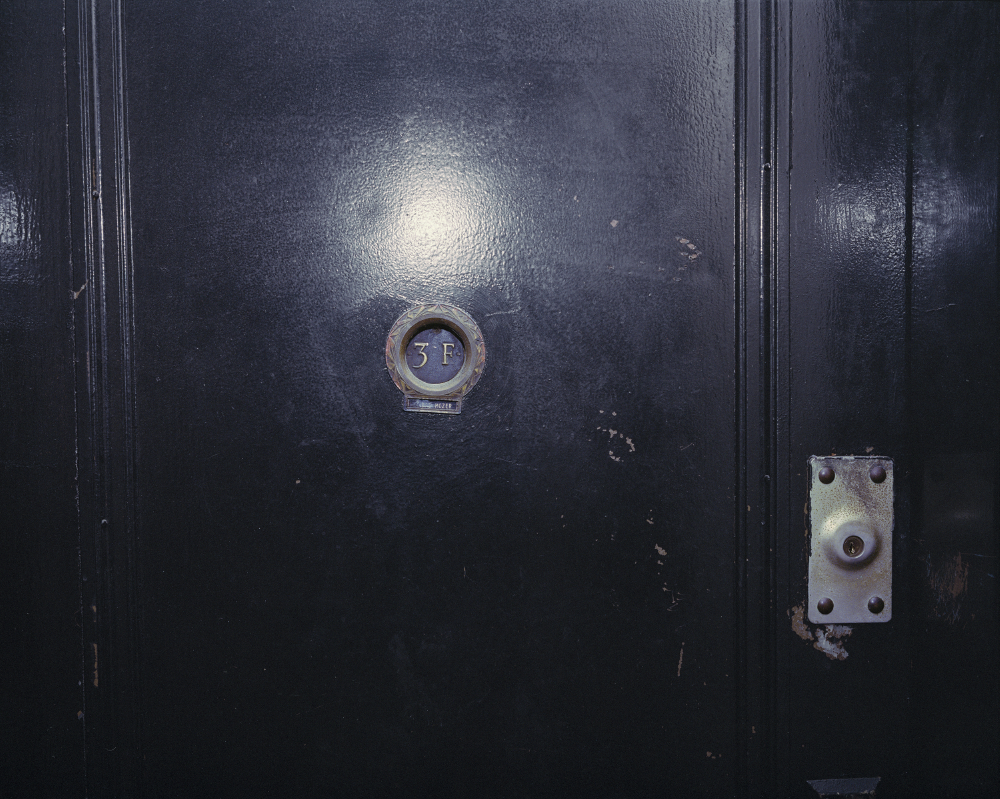
Sofiya, Brighton 11th Street
*
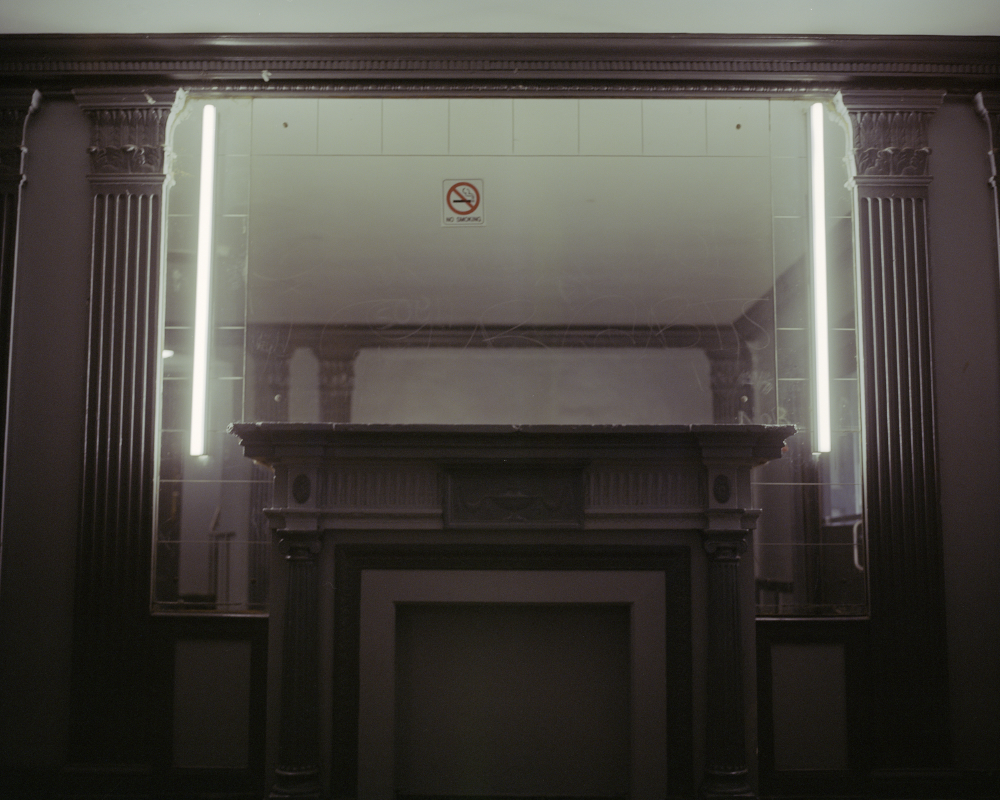
Volf, Brighton 11th Street
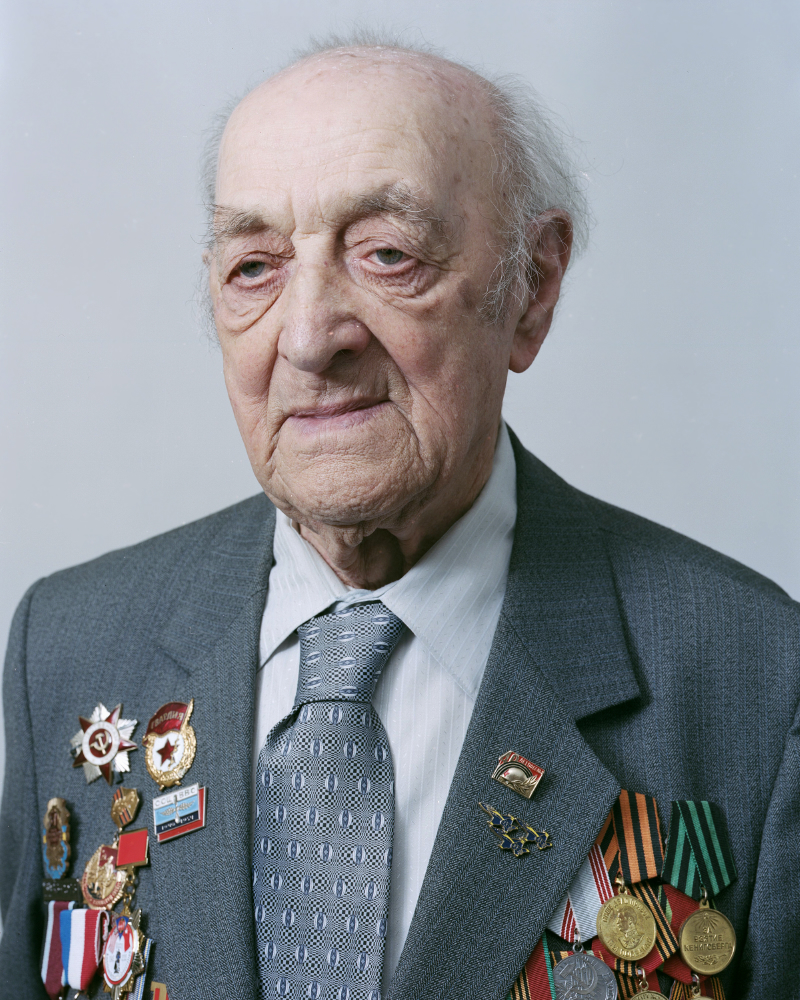 Volf, born in Ukraine, joined the army at the age of 18 and served in the Red Army as an Air Force engineer from 1942 to 1947. He immigrated to New York City in 1995. He was killed in a car accident on April 7, 2021, when a driver lost control of his vehicle, which jumped the curb and pinned Volf to the wall. He was 97 years old.
Volf, born in Ukraine, joined the army at the age of 18 and served in the Red Army as an Air Force engineer from 1942 to 1947. He immigrated to New York City in 1995. He was killed in a car accident on April 7, 2021, when a driver lost control of his vehicle, which jumped the curb and pinned Volf to the wall. He was 97 years old.
*

Dmitriy, Seabreeze Street
*
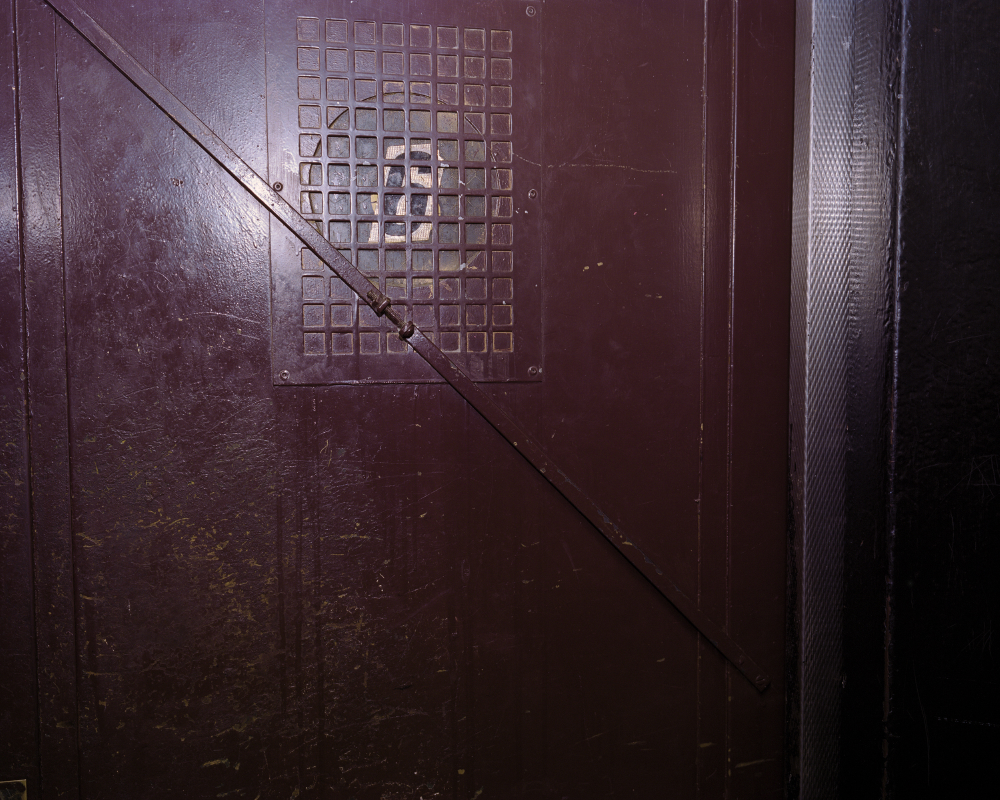
Alexandr, Brighton 5th Street
*
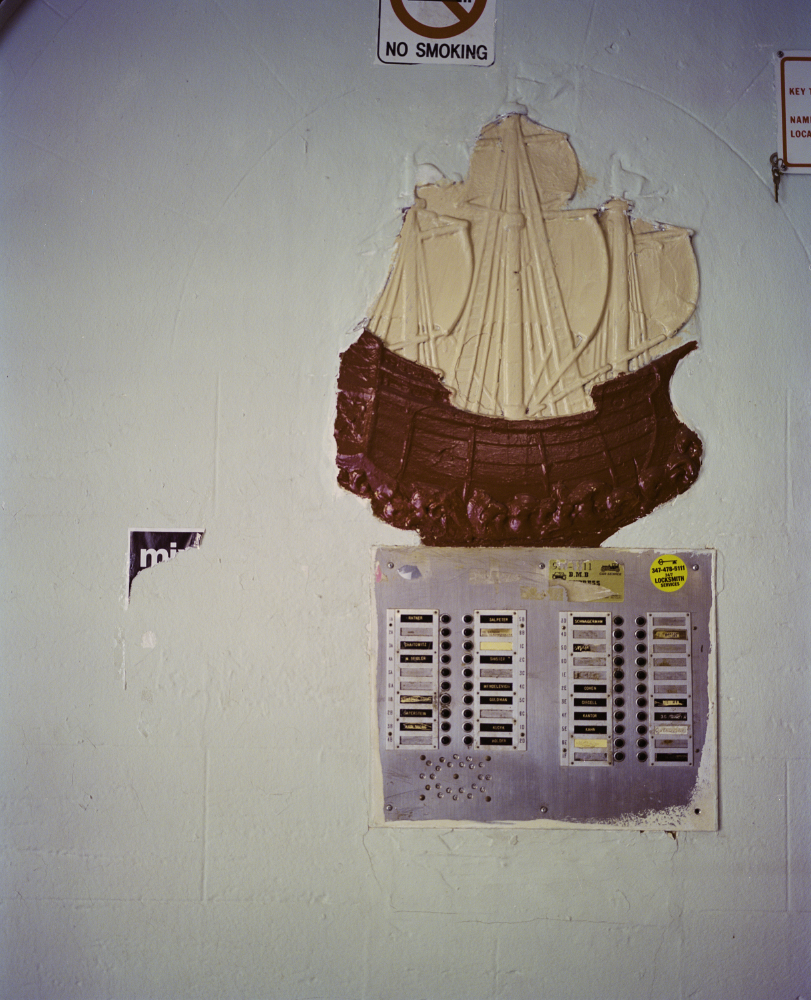
Anastasia, Brighton 7th Street
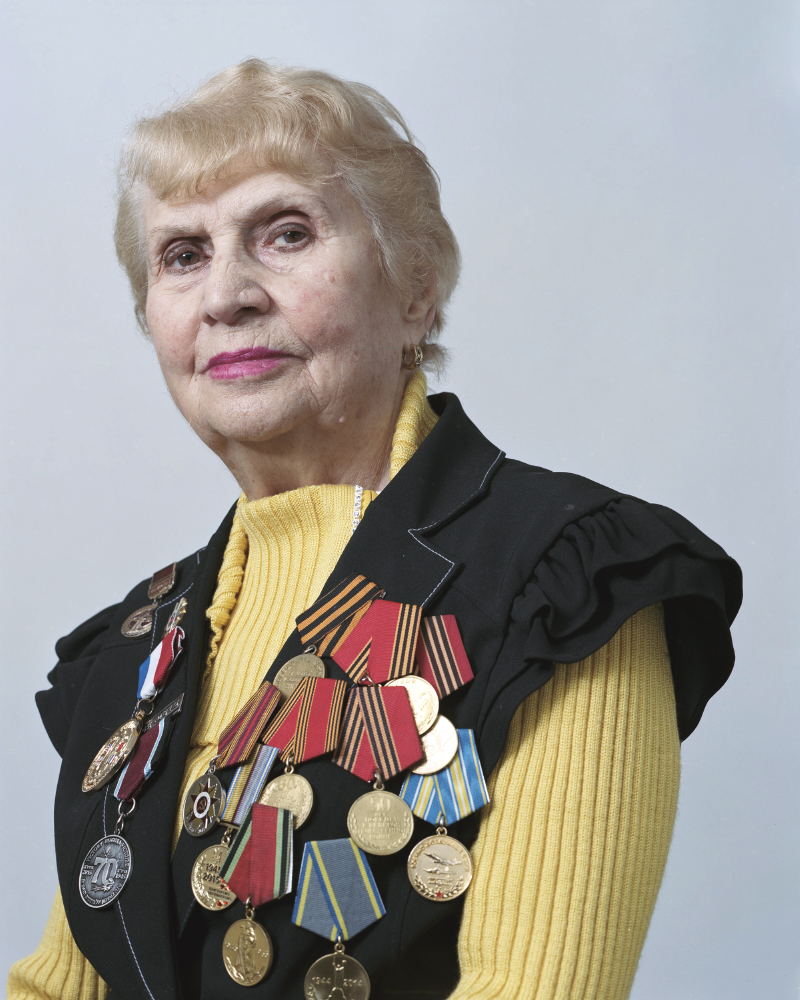 Anastasia, 94, born in Kherson, was in Odessa when Nazi Germany attacked. Forced to evacuate, she was 15 years old when she joined the Red Army and worked as a meteorologist forecasting weather for the airstrikes. She wanted to go to the front lines but was too young. She often recalls dancing with Molotov, the minister of foreign affairs at the time of the war. When I spoke to Anastasia throughout the pandemic she would refer to the pandemic as a war, taking her boys and girls (as she would call the other surviving veterans). Forcing her again to go into hiding from the enemy, which this time is invisible.
Anastasia, 94, born in Kherson, was in Odessa when Nazi Germany attacked. Forced to evacuate, she was 15 years old when she joined the Red Army and worked as a meteorologist forecasting weather for the airstrikes. She wanted to go to the front lines but was too young. She often recalls dancing with Molotov, the minister of foreign affairs at the time of the war. When I spoke to Anastasia throughout the pandemic she would refer to the pandemic as a war, taking her boys and girls (as she would call the other surviving veterans). Forcing her again to go into hiding from the enemy, which this time is invisible.
When I met Anastasia, she was 90 years old, and would be in the front lines in every parade, dance, or celebration that involved veterans. This year took a toll on her. She beat COVID but has been suffering from other illnesses and stays locked in her bedroom, cared for by a home attendant. Anastasia came to celebrate Victory Day this year with ten other veterans in Brighton Beach’s Tatiana Restaurant. She found strength to dance and be social despite her ailments.
*
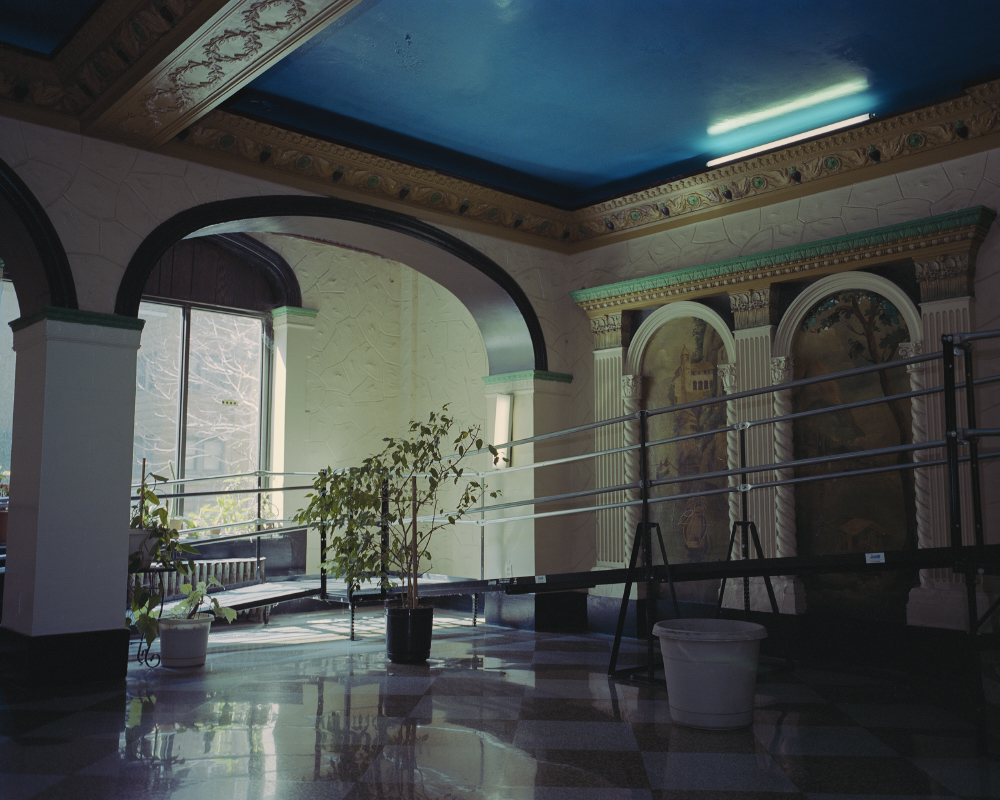
Vilen, Brighton 4th Street
*
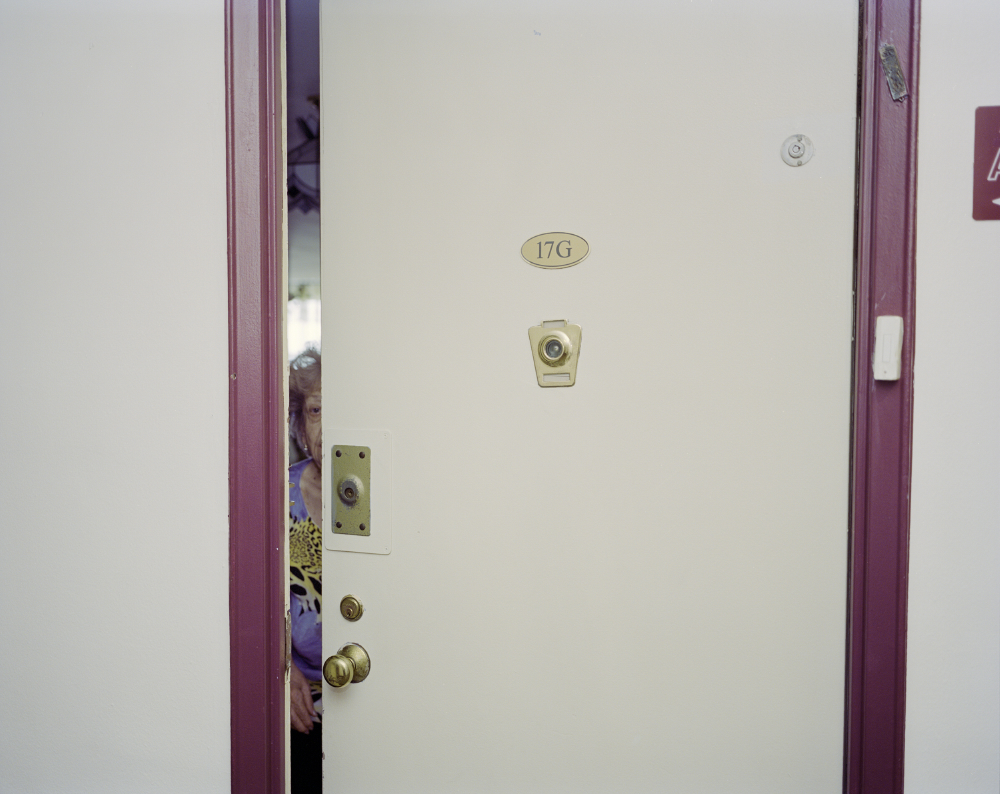
David, Surf Avenue (Woman unknown.)
*
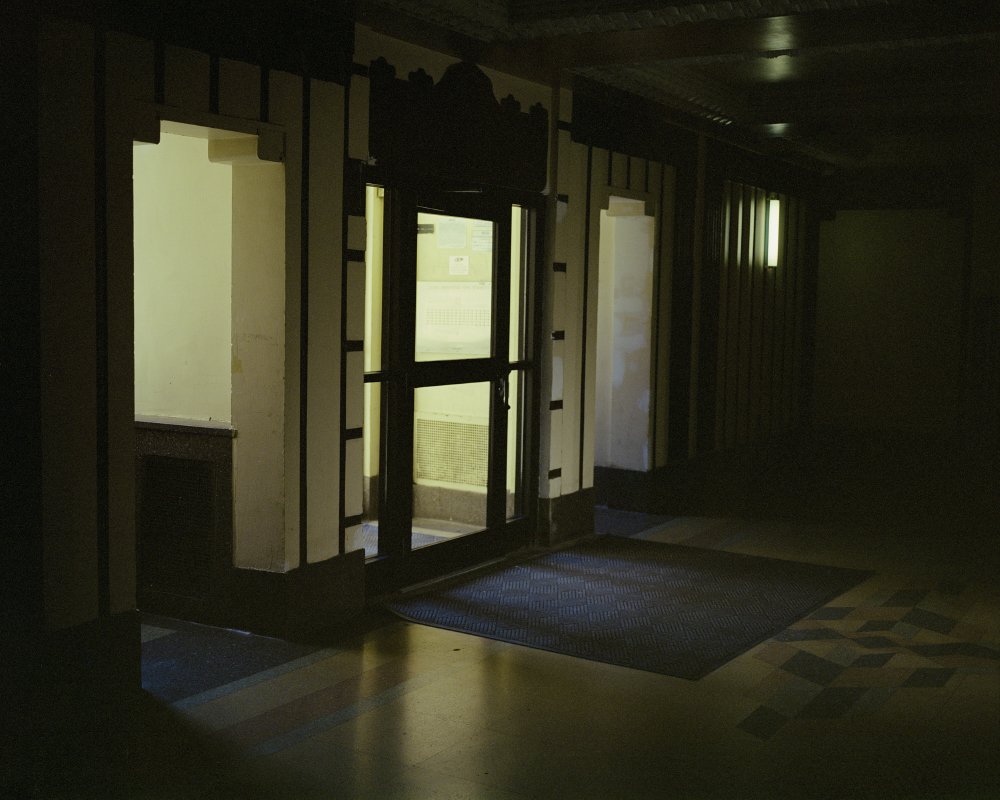
Leyb, Brighton Beach Avenue
_________________________________
The Longest Year: 2020+ is a collection of visual and written essays on 2020, a pivotal year that shifted our way of experiencing the world. Edited by Rachel Cobb, Alice Gabriner, and Elizabeth Krist.
Rachel Cobb is a photographer who lives in New York City. She has worked for numerous publications including The New York Times, TIME and Rolling Stone magazine. Her award-winning book Mistral: The Legendary Wind of Provence was published by Damiani in 2018. More of her work can be found here.
Alice Gabriner is a visual editor, instructor and mentor with 30 years of experience at publications, including The New Yorker, The New York Times, National Geographic, and TIME. For the first two years of the Obama administration, she served as Deputy Director of Photography.
A National Geographic photo editor for over 20 years, Elizabeth Krist is on the boards of Women Photograph and of the W. Eugene Smith Fund, helps program National Geographic’s Storytellers Summit, and advises the Eddie Adams Workshop. She curated A Mother’s Eye for Photoville and CatchLight, and the Women of Vision exhibition and book.

